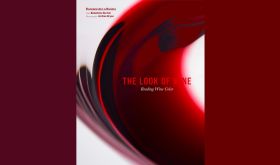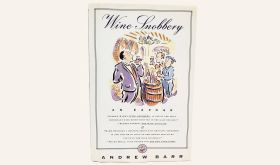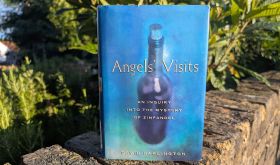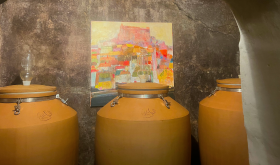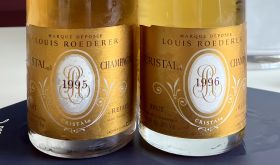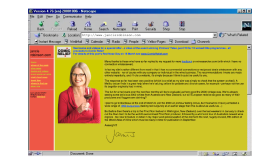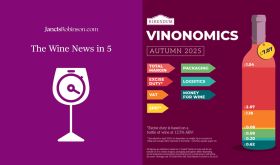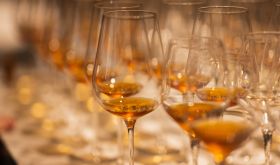20 November 2020 Memories, manifestos, what to think and how to drink – all the vinous mentorship you'll ever need in the books below. See this guide to all of this season's book reviews.
The Goode Guide to Wine
A manifesto of sorts
Jamie Goode
University of California Press
ISBN 9780520342460
£15.99, $18.95
It’s a small, sturdy book, almost pocket-fitting size, with thick matt paper, a retro look to the cover and retro font. Perhaps ironic pastiche, but definitely going...



